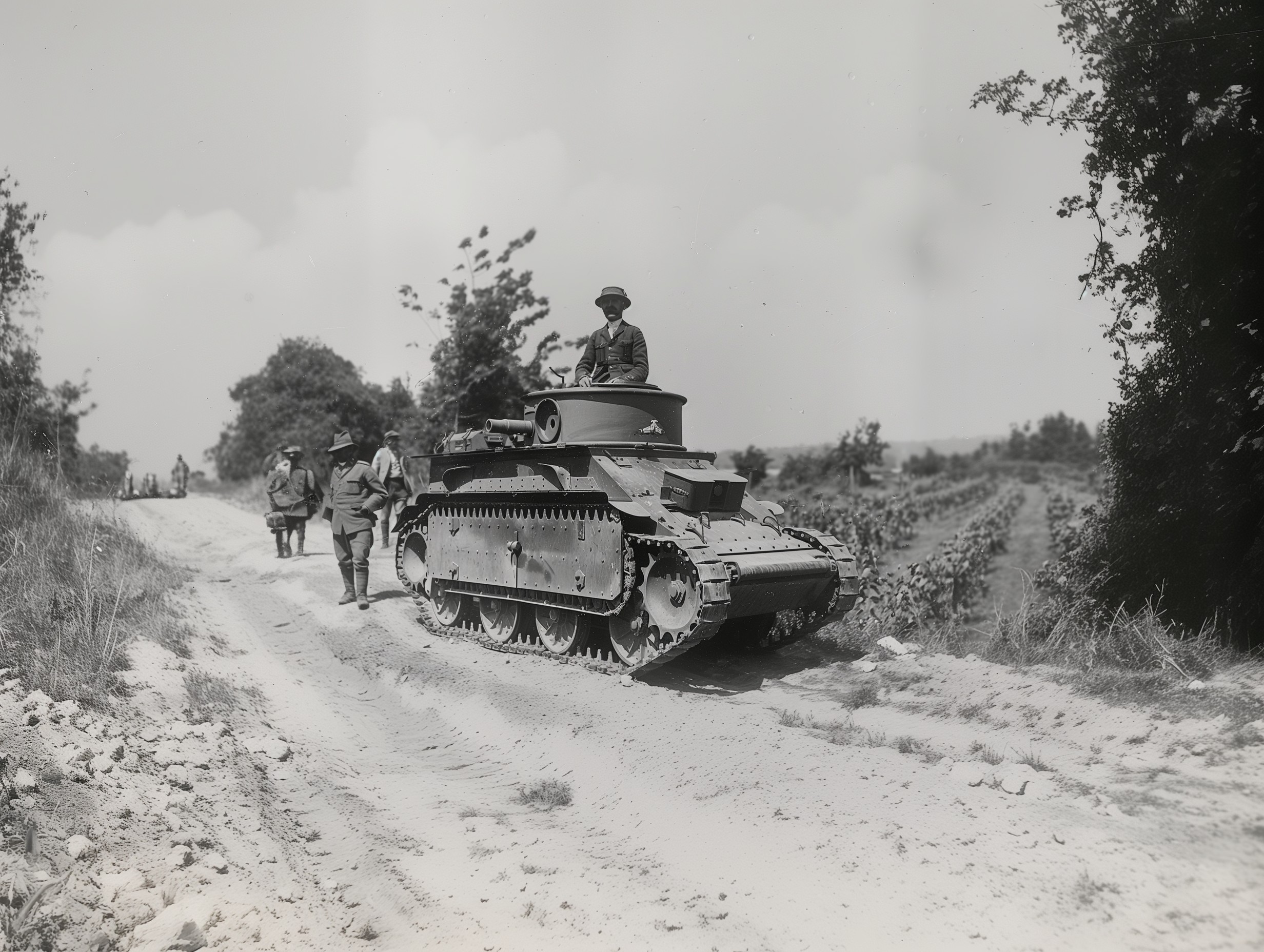M65 Atomic Cannon
The M65 Atomic Cannon, often referred to as "Atomic Annie," was a piece of artillery capable of firing a nuclear weapon. Developed by the United States during the early stages of the Cold War, it was designed to provide a new form of nuclear firepower on the battlefield. The cannon was a significant technological achievement at the time, representing the fusion of traditional artillery with atomic energy.
First tested in 1953, the M65 was deployed in Europe and South Korea as a deterrent against potential aggression. The cannon had a range of approximately 20 miles and required a large crew to operate. Despite its impressive capabilities, the rapid advancement of missile technology soon rendered the M65 obsolete. The deployment of more accurate and longer-range ballistic missiles meant that large, cumbersome artillery pieces were no longer necessary for delivering nuclear payloads.
Today, the M65 Atomic Cannon stands as a symbol of the atomic age and the lengths to which nations would go to secure their defense during the Cold War era. Several of these cannons are preserved in museums, serving as a reminder of the power and dangers of nuclear weapons.

